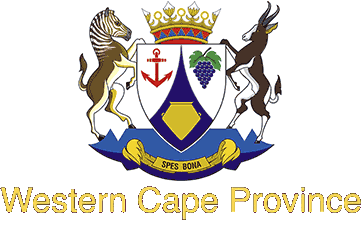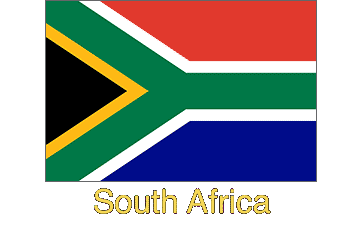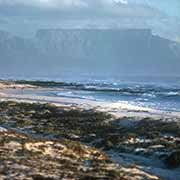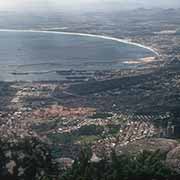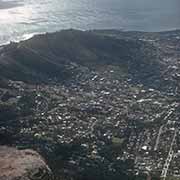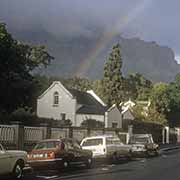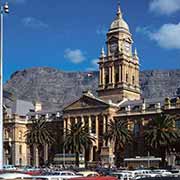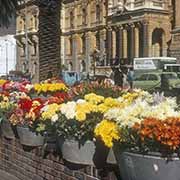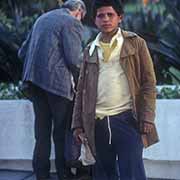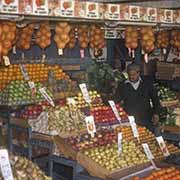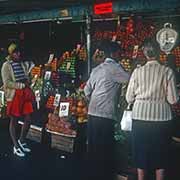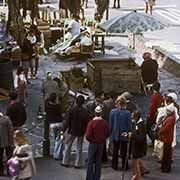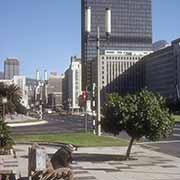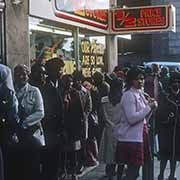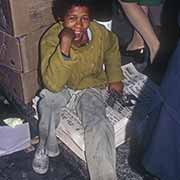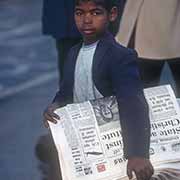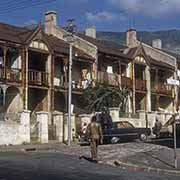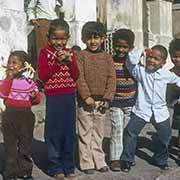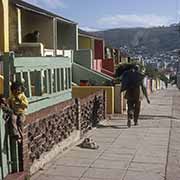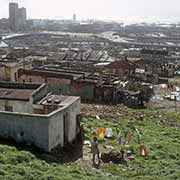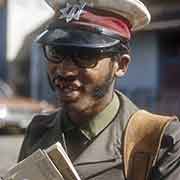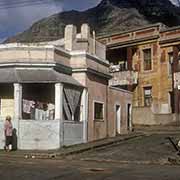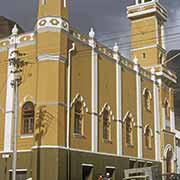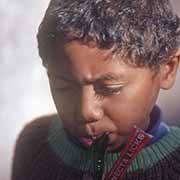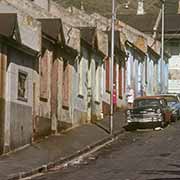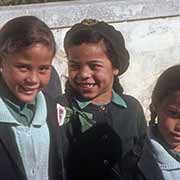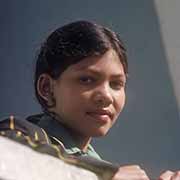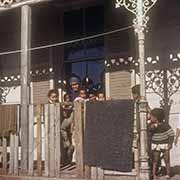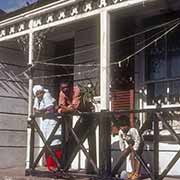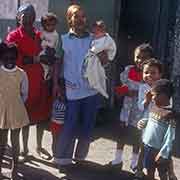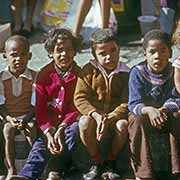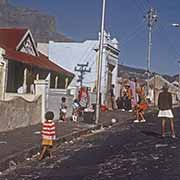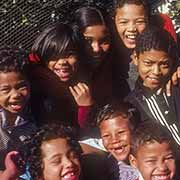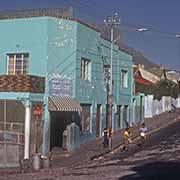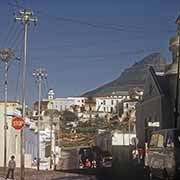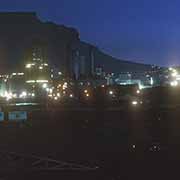Photos of Cape Town, South Africa’s First City
Cape Town, South Africa’s First City
Cape Town, or Kaapstad in Afrikaans, is the legislative capital of South Africa and the seat of its Parliament. It is South Africa’s second-largest city and its oldest. It was founded as a supply station for Dutch ships by the Vereenigde Oost-Indische Compagnie (VOC), the Dutch United East India Company: on 6 April 1652, Jan van Riebeek established the VOC Cape Colony. The settlement grew into the city of today.
you may then send it as a postcard if you wish.
It is a beautiful city, at the foot of flat-topped Table Mountain, with its highest point at 1085 metres. The Table Mountain National Park, with a cableway going to the top, is the most visited national park in South Africa. It used to be the land of the indigenous Khoe-speaking clans (that were called “Hottentots” by the Dutch) who called the mountain “Huriǂoaxa” (emerging from the sea); they were driven out in the last half of the 17th century.
In the early years of the Dutch Cape Colony, the traders who had stayed and farmed the land brought in enslaved people from the East Indies, eastern Africa and Madagascar. Over time liaisons between the various peoples living there gave rise to a new, distinct ethnic group: the Cape Coloureds. They spoke the Dutch language that evolved into present-day Afrikaans. In the early 20th century, one of Cape Town’s inner-city residential areas, District Six, was inhabited mainly by people classified as “Coloureds”.
As a result of the racist Apartheid policies, District Six, made up of Walmer Estate, Zonnebloem, and Lower Vrede, was declared a “whites only” area and its inhabitants were gradually moved out. By 1982, more than 80,000 people had been relocated to Cape Flats, to townships (locations) 25 kilometres away. Their houses were bulldozed. Some parts of Walmer Estate were completely destroyed, and most of Zonnebloem, except for a few schools, churches and mosques. The photos on this page show the neighbourhood as it was in 1975. Since the end of Apartheid in 1994, the government has recognised older claims of former residents, and some have returned. A District Six Museum was founded in 1994. It is a memorial to the forced evictions of the apartheid era and the culture and history before the removals.
